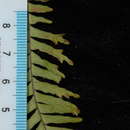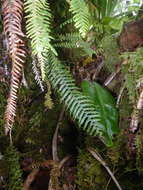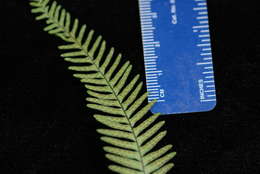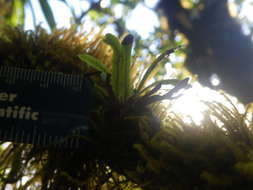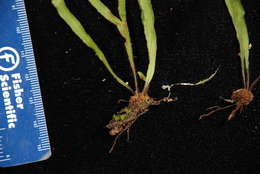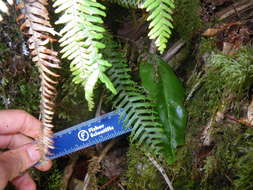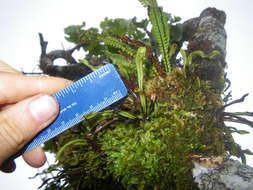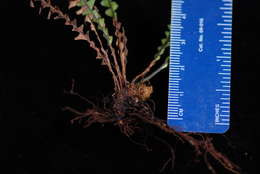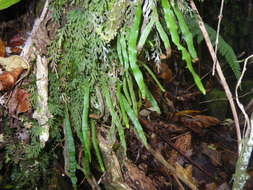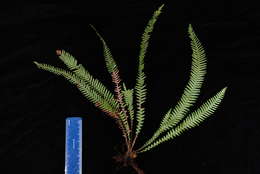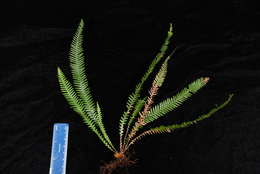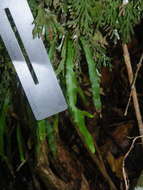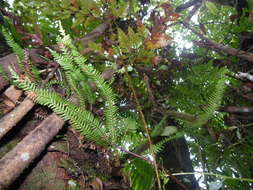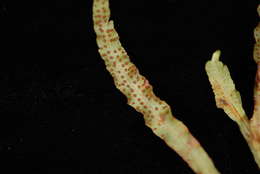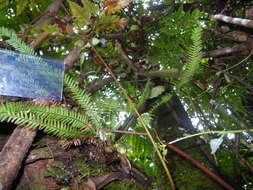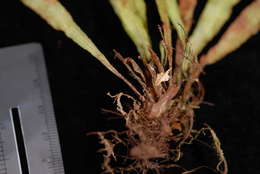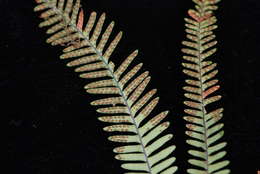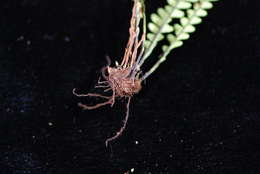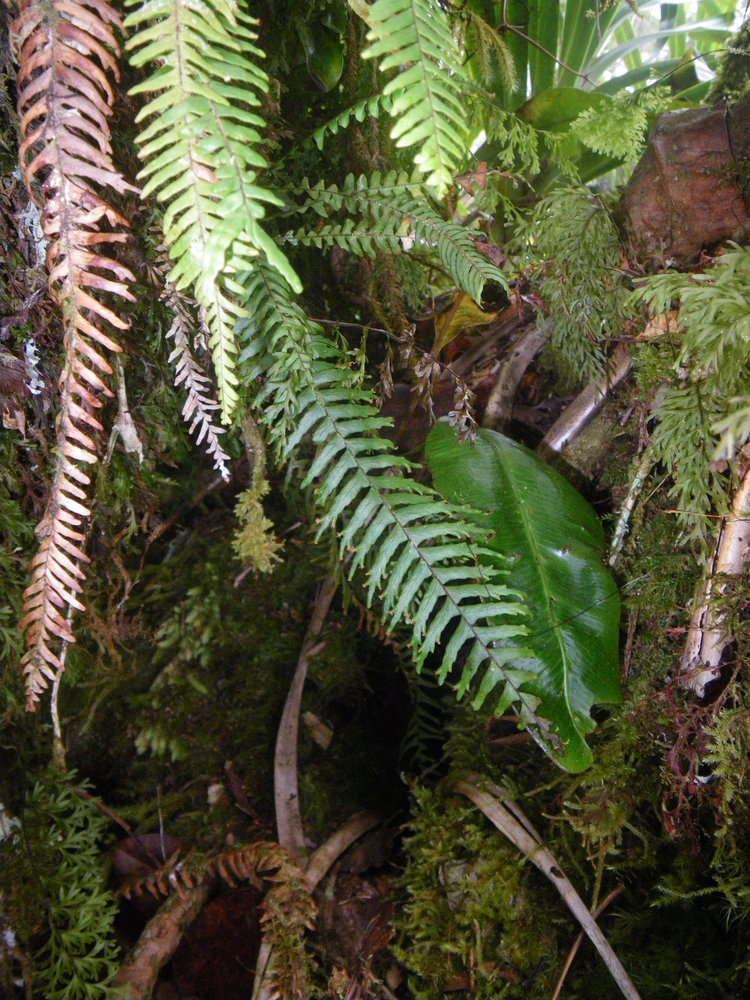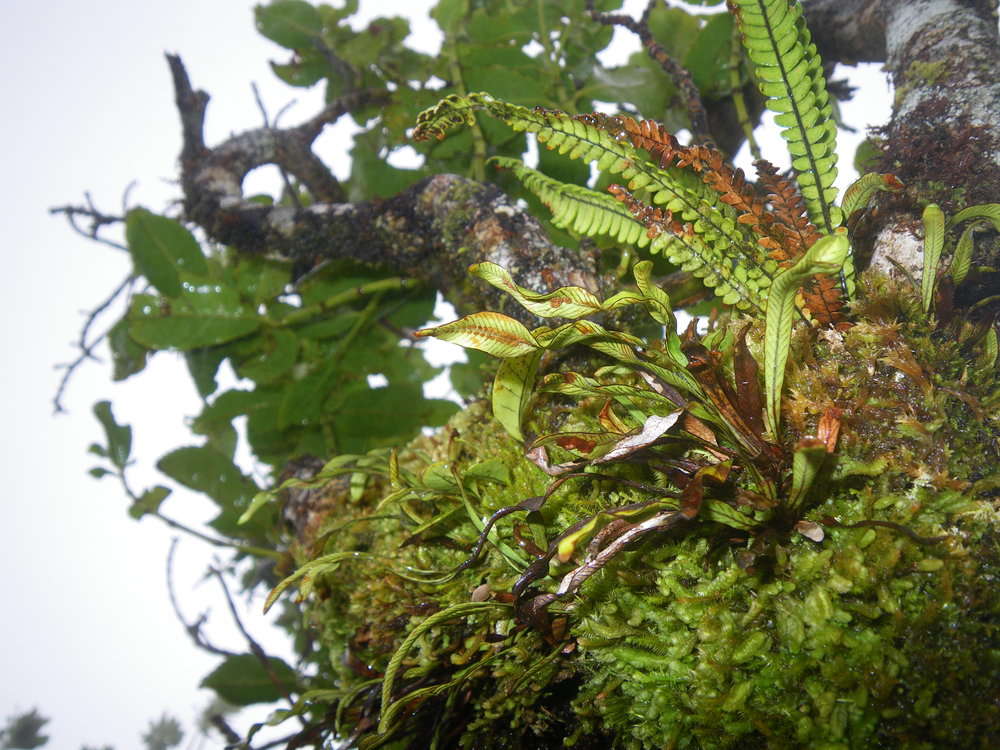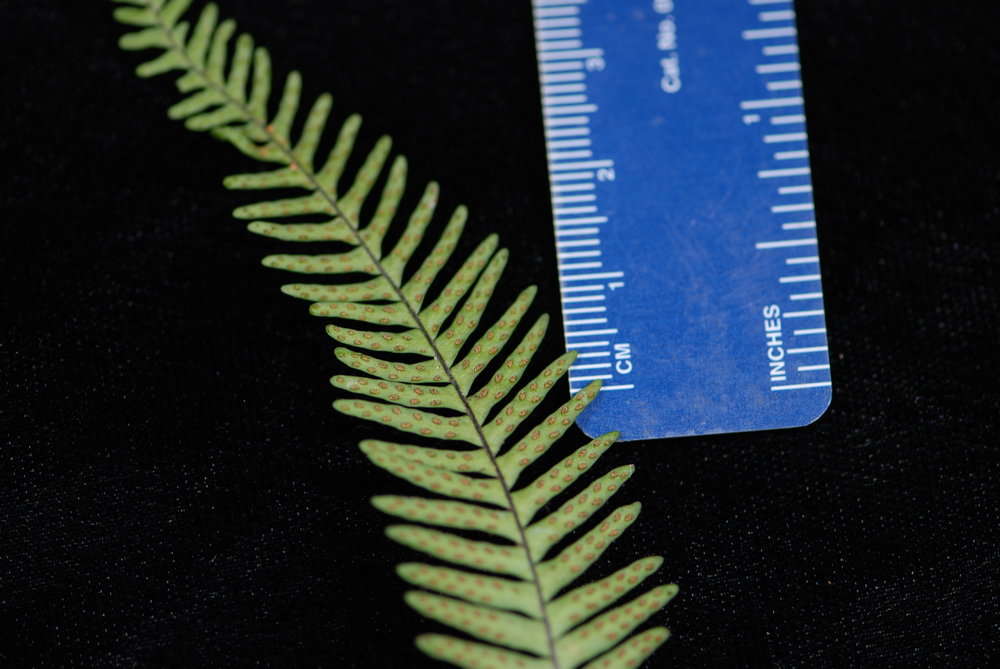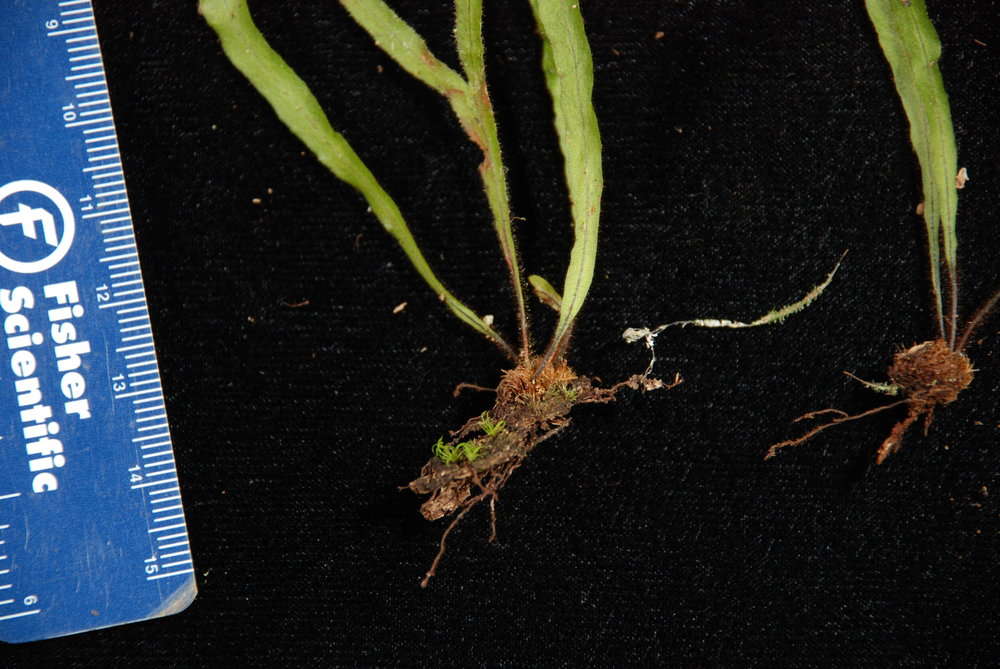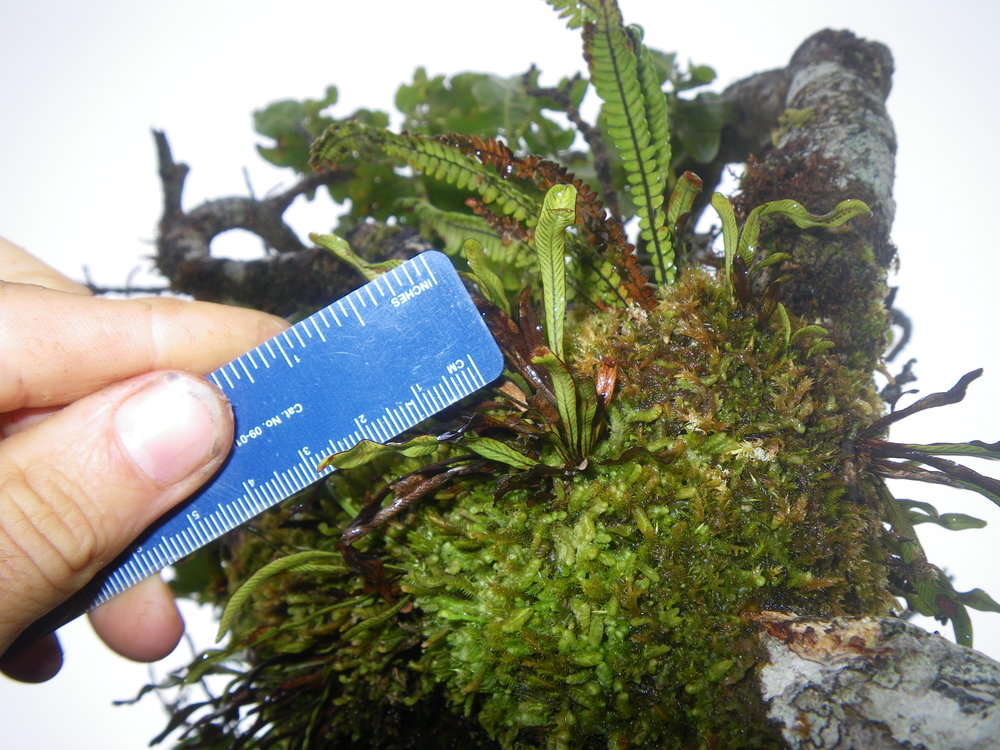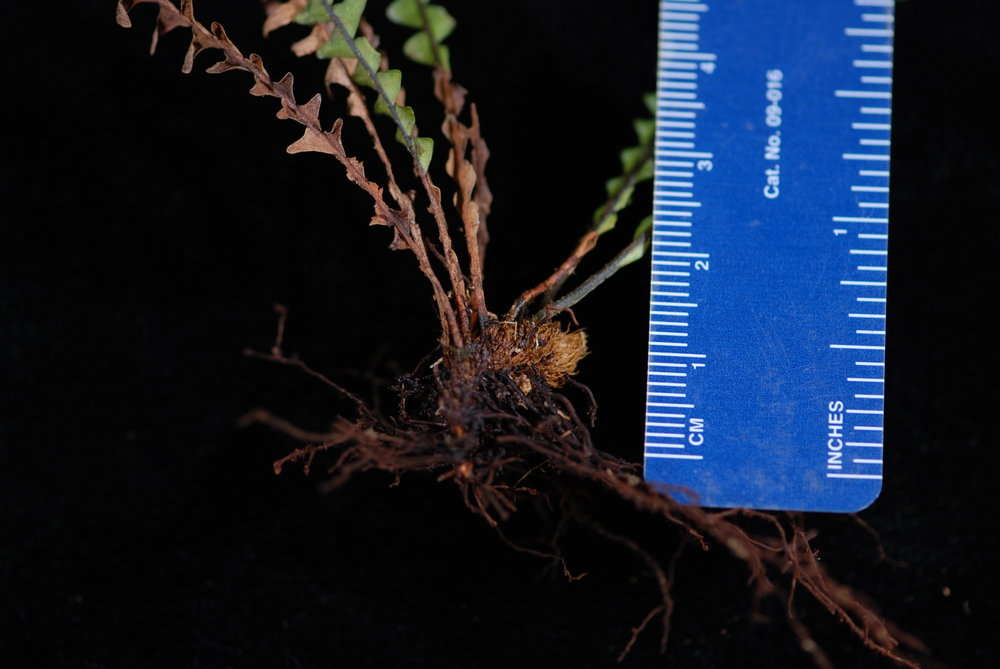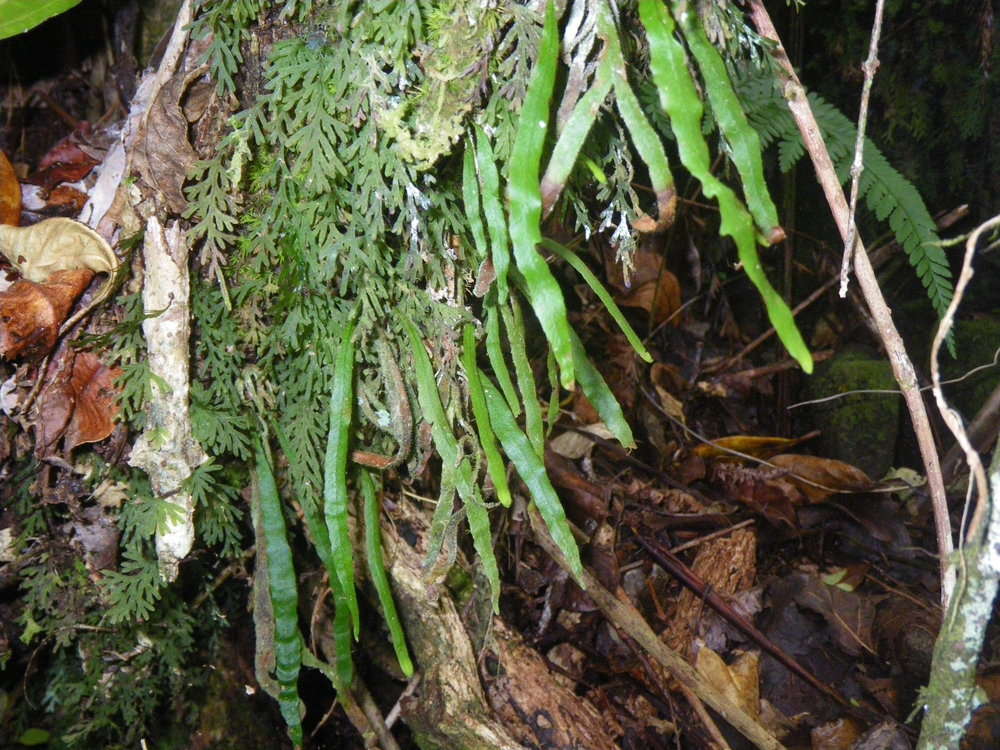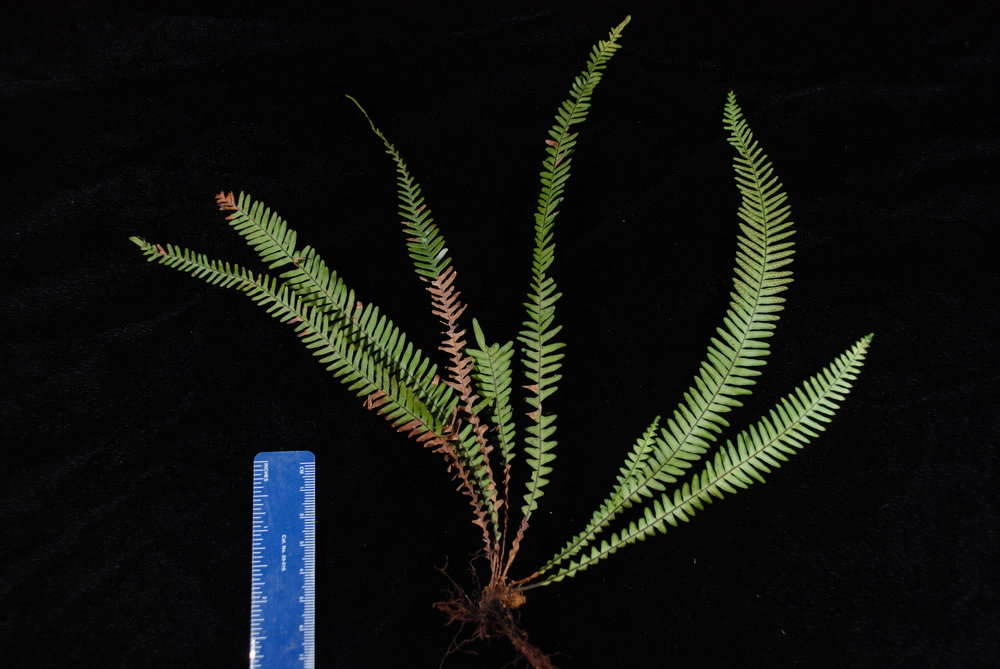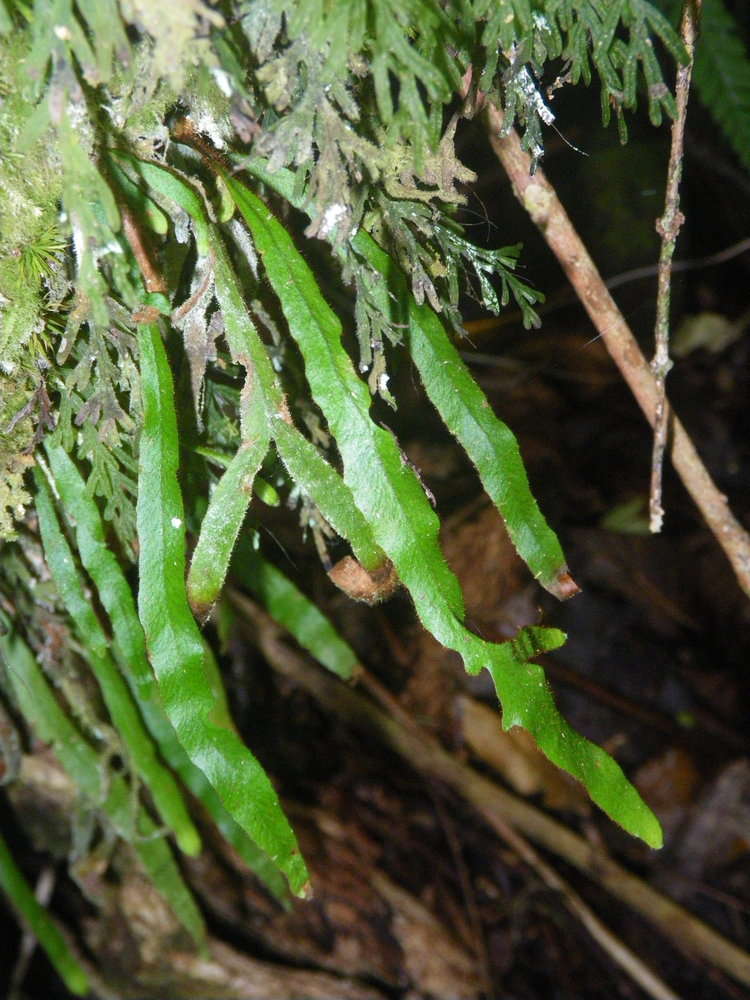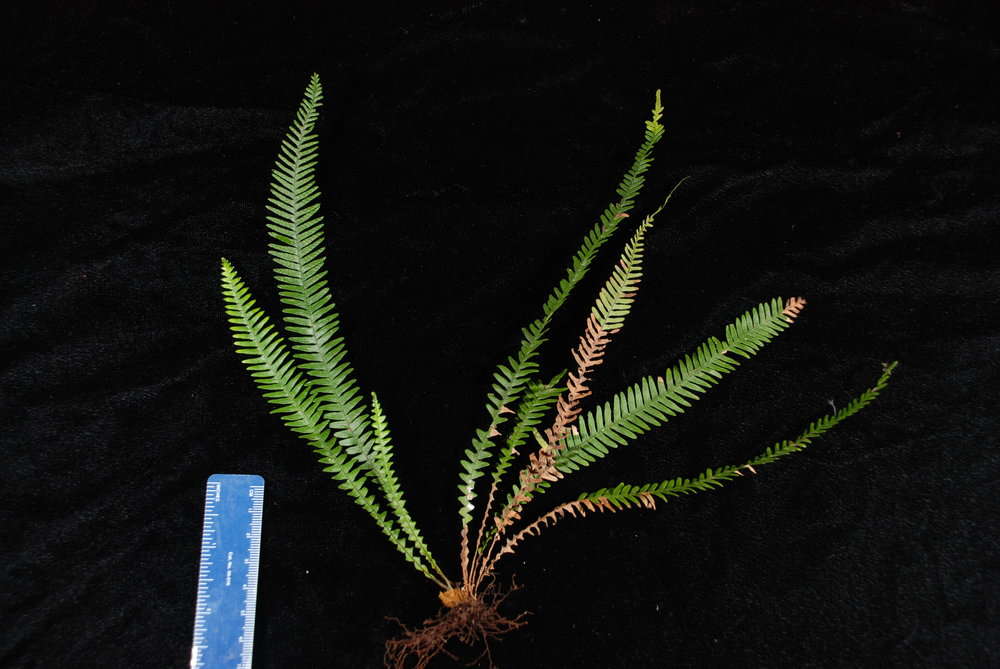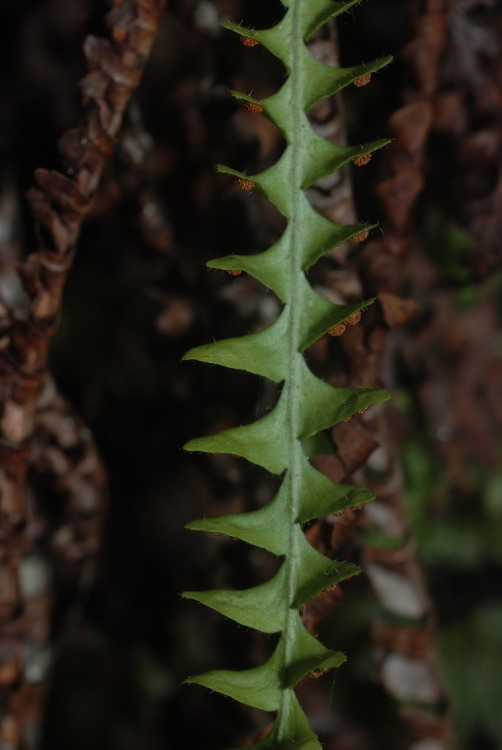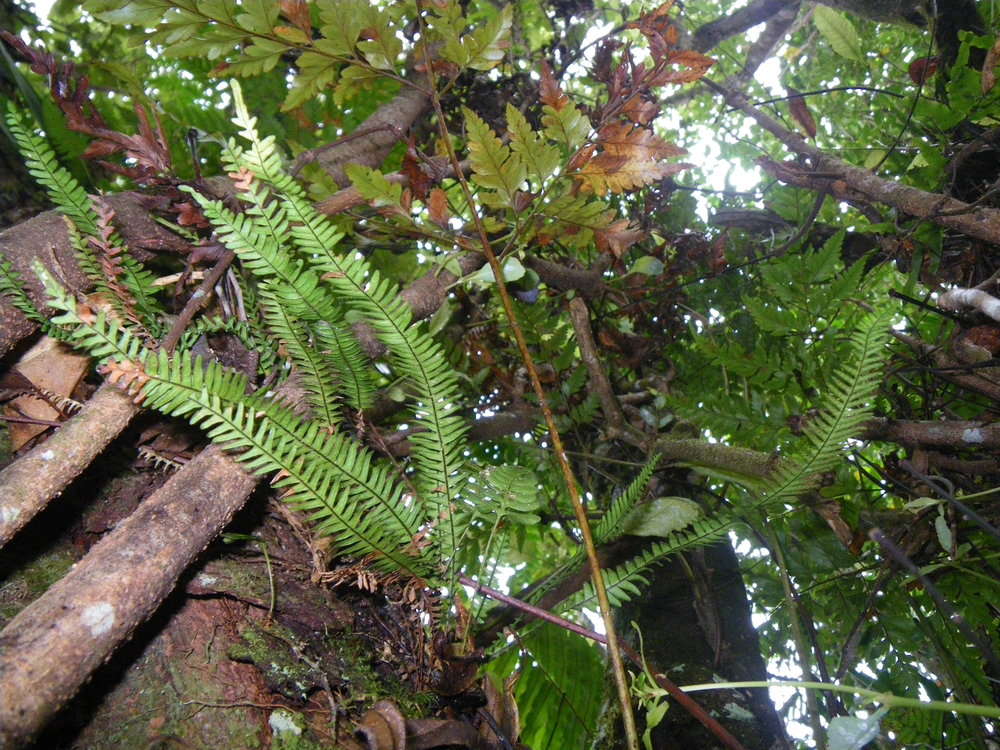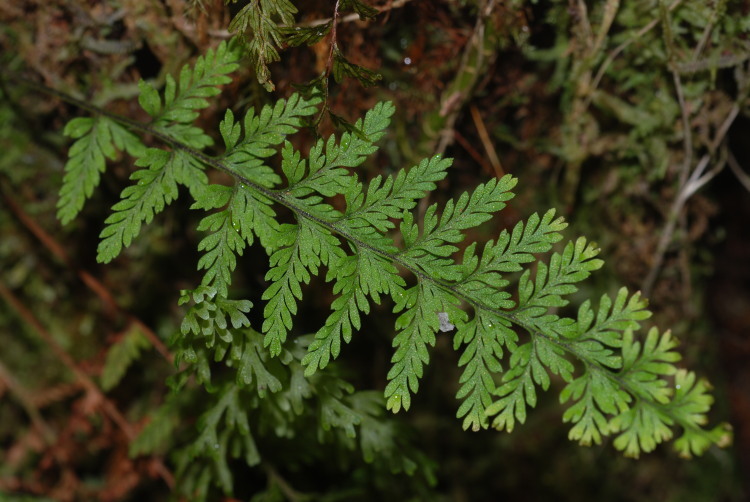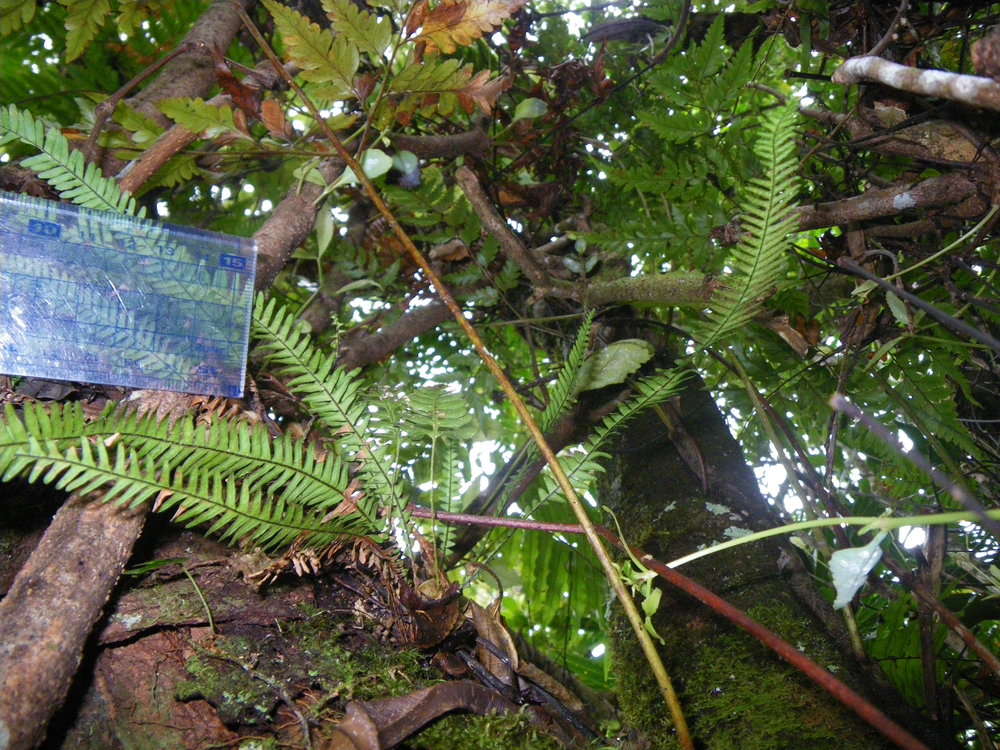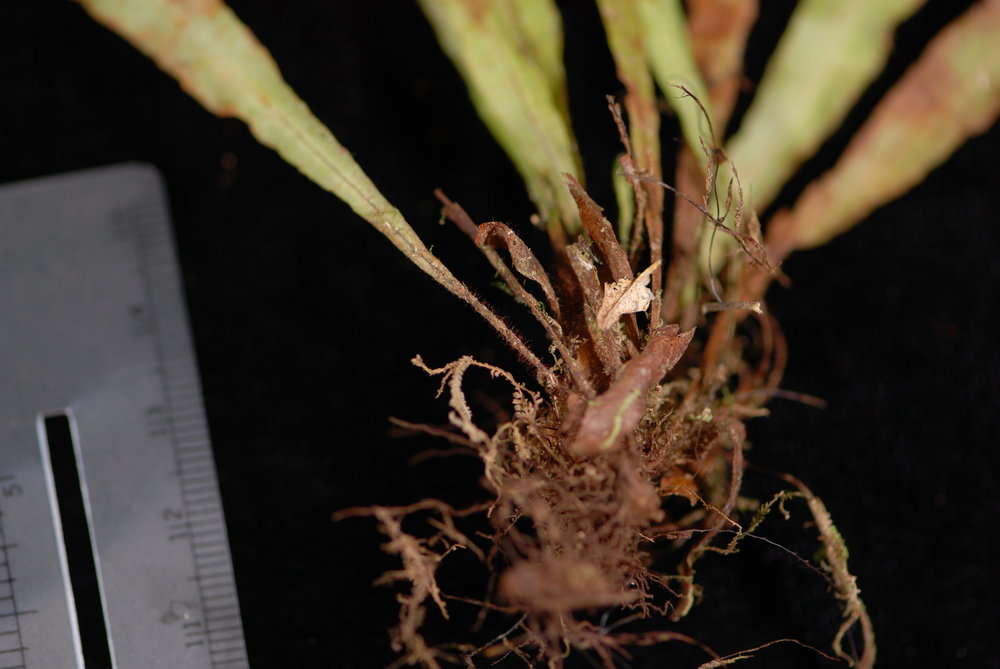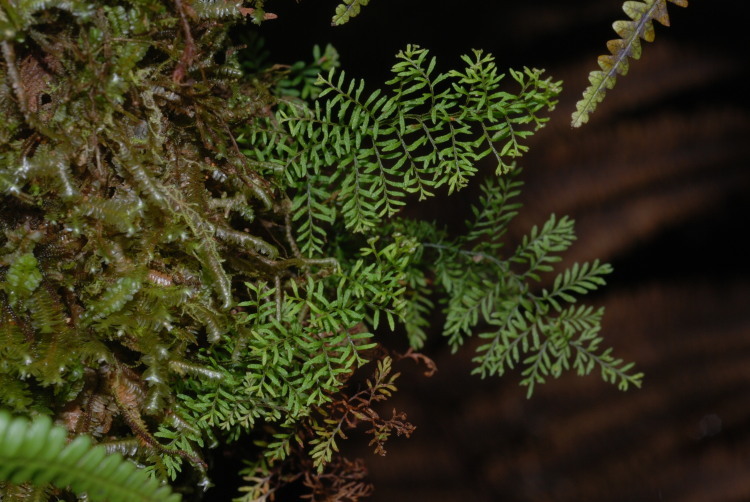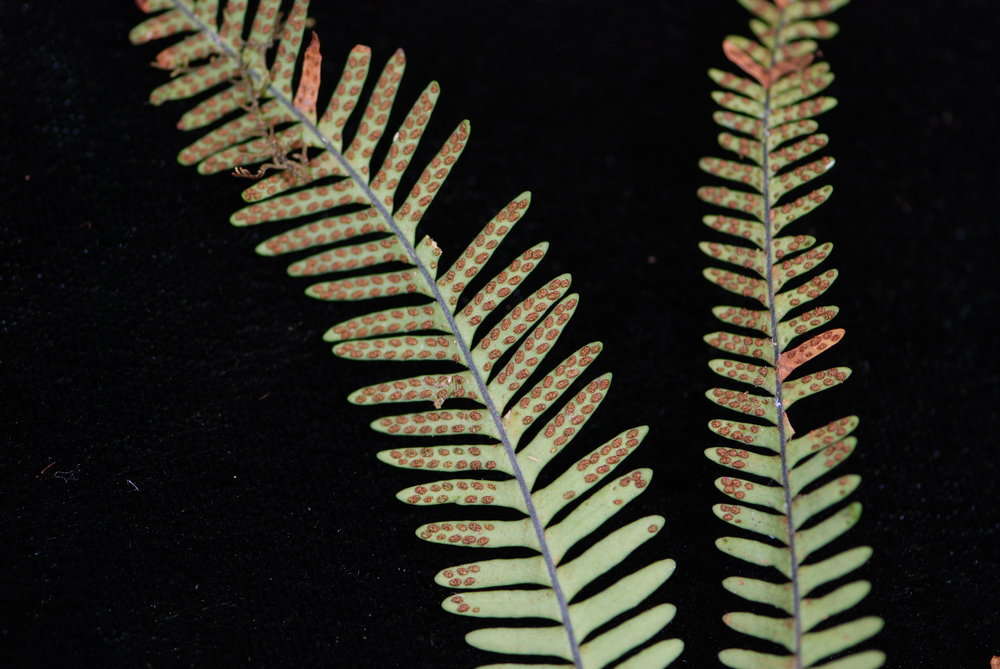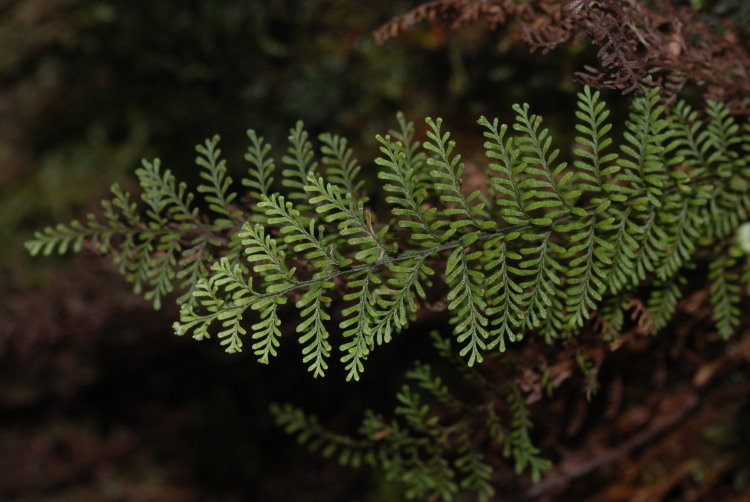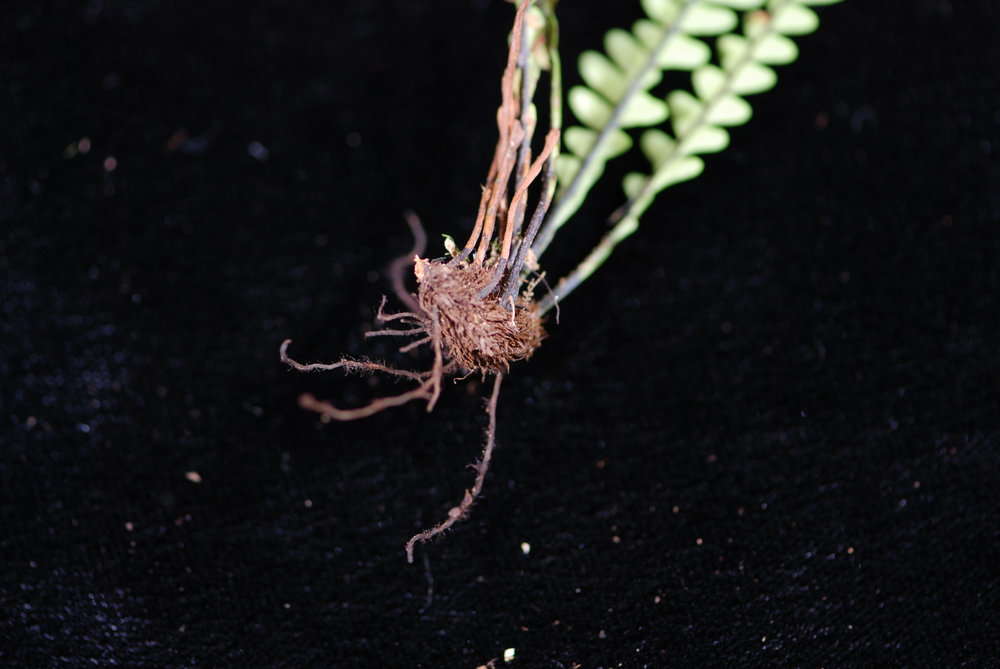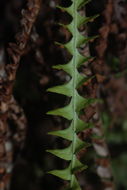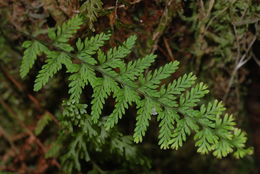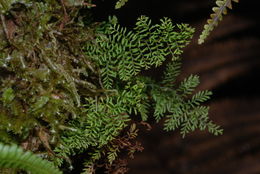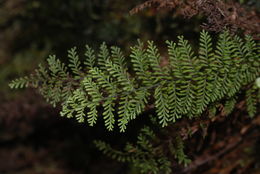-
All Biocode files are based on field identifications to the best of the researcher’s ability at the time.
-
All Biocode files are based on field identifications to the best of the researcher’s ability at the time.
-
All Biocode files are based on field identifications to the best of the researcher’s ability at the time.
-
All Biocode files are based on field identifications to the best of the researcher’s ability at the time.
-
All Biocode files are based on field identifications to the best of the researcher’s ability at the time.
-
All Biocode files are based on field identifications to the best of the researcher’s ability at the time.
-
All Biocode files are based on field identifications to the best of the researcher’s ability at the time.
-
All Biocode files are based on field identifications to the best of the researcher’s ability at the time.
-
All Biocode files are based on field identifications to the best of the researcher’s ability at the time.
-
All Biocode files are based on field identifications to the best of the researcher’s ability at the time.
-
All Biocode files are based on field identifications to the best of the researcher’s ability at the time.
-
All Biocode files are based on field identifications to the best of the researcher’s ability at the time.
-
All Biocode files are based on field identifications to the best of the researcher’s ability at the time.
-
This has become a rare and endangered fern in a genus endemic to the Hawaiian Islands. Originally known from all of the major Hawaiian Islands, now it is only found in Glenwood on the Big Island and in a few small populations on Kauai. According to USFWS, the population has declined rapidly (2009), with over 1200 individuals in the 1990's and now only 51-123 individuals in 2009. In my limited perspective, this species is on the brink of extinction.
-
All Biocode files are based on field identifications to the best of the researcher’s ability at the time.
-
All Biocode files are based on field identifications to the best of the researcher’s ability at the time.
-
Genus is endemic to Hawaiian Islands and found on all major islands. Rhizomes are long-creeping, slender. Blades are 2 pinnate-pinnatifid to 3 pinnate. A key characteristic is the acroscopic basal pinnule which is often enlarged and pinnatifid to 1-pinnate.
-
All Biocode files are based on field identifications to the best of the researcher’s ability at the time.
-
All Biocode files are based on field identifications to the best of the researcher’s ability at the time.
-
The genus is endemic to the Hawaiian Islands and this species grows on Kauai, Oahu, Lanai and Maui. Approximate elevation of this photo is 4100ft/ 1250m.
-
All Biocode files are based on field identifications to the best of the researcher’s ability at the time.
-
All Biocode files are based on field identifications to the best of the researcher’s ability at the time.
-
The Adenophorus genus is endemic to Hawaiian Islands and this species is one of the most common of the genus. Epiphytic and often grows on Ohia trees (Metrosideros polymorpha). Rhizomes are 'short-creeping' and thus the fronds are usually clustered. 2-pinnate blades; acroscopic basal pinnule often slightly pinnatifid.
-
All Biocode files are based on field identifications to the best of the researcher’s ability at the time.

